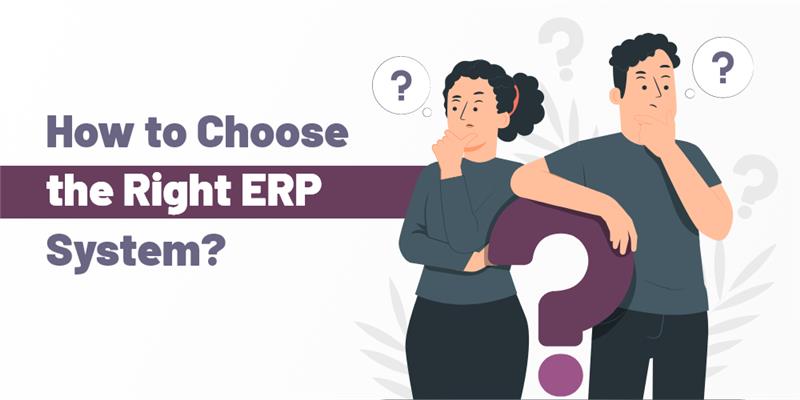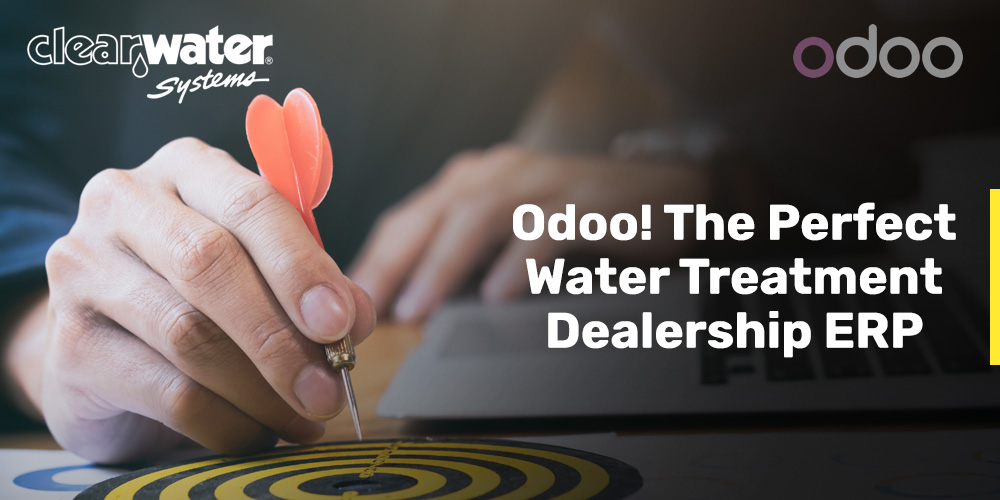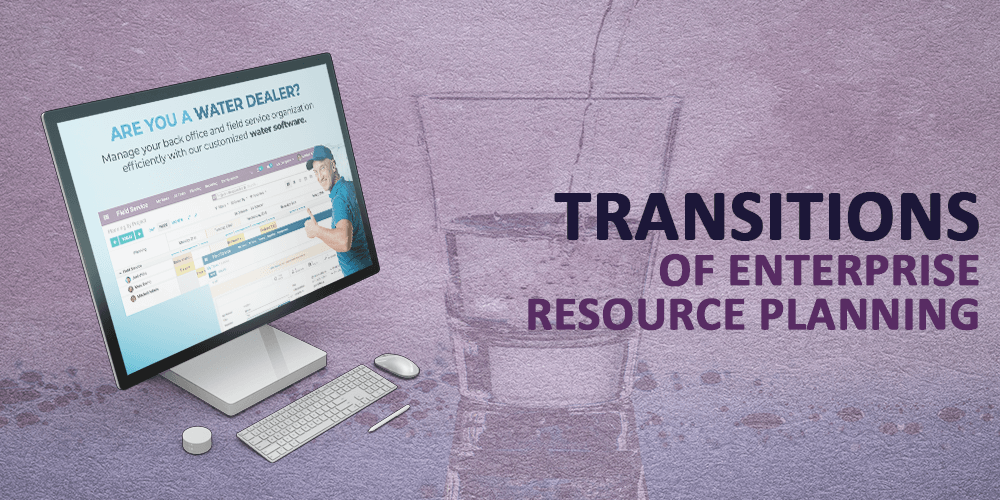Companies must use the right tools to optimize operations and achieve sustainable growth in an increasingly competitive and rapidly evolving business landscape. One such tool that has proven to be indispensable for modern businesses is an Enterprise Resource Planning (ERP) system. Implementing an ERP system can streamline processes, centralize data, and provide valuable insights to enhance decision-making. However, with a myriad of ERP options available in the market, choosing the right one for your business can take time and effort. This blog will provide a comprehensive guide to help you make an informed decision and find the perfect ERP system for your unique needs.
Step 1: Understand Your Business Needs
The first and most crucial step in selecting an ERP system is understanding your business needs thoroughly. Engage key stakeholders from different departments to identify pain points and requirements. Analyze your existing processes and identify areas that could benefit from automation and improved efficiency.
Step 2: Set Clear Objectives
Establish clear objectives for implementing an ERP system. Determine the specific goals you want to achieve, such as improving inventory management, enhancing customer service, or optimizing financial reporting. Align these objectives with your overall business strategy to ensure the ERP system complements your long-term goals.
Step 3: Define Your Budget
Create a realistic budget for your ERP implementation. Consider not only the upfront costs but also ongoing expenses such as licensing, maintenance, training, and support. Striking a balance between your budget and the features you require is vital.
Step 4: Choose Between Cloud-based and On-premise ERP
Decide whether a cloud-based or on-premise ERP system suits your business. Cloud-based ERPs offer flexibility, scalability, and easier maintenance, while on-premise systems provide more control over data but require greater upfront investment.
Step 5: Research Available ERP Systems
Research the various ERP systems available in the market. Look for well-established vendors with a proven track record of successful implementations. Consider ERP solutions that cater to your industry and business size.
Step 6: Features and Functionality
Carefully evaluate features and functionalities offered by each ERP system. Look for modules that align with your specific requirements, such as financial management, sales, supply chain, inventory control, human resources, CRM, and more. Ensure the ERP system is flexible and customizable to adapt to your evolving business needs.
Step 7: Integration Capabilities
Consider the integration capabilities of the ERP system. It should seamlessly integrate with your existing software applications, such as CRM, e-commerce platforms, and supply chain management systems. Integration ensures data consistency and eliminates redundant processes.
Step 8: User-friendliness and Training
User-friendliness is crucial for successful ERP adoption. Ensure the system has an intuitive interface that is easy for your employees to learn and use. Contact vendors who offer comprehensive training and ongoing support to help your team transition smoothly.
Step 9: Mobile Accessibility
In today’s mobile-driven world, having mobile accessibility is a significant advantage. Check if the ERP system offers mobile applications or responsive web interfaces to allow users to access critical data on the go. Will internet network be available when your users want to access the system, is there need for offline capability.
Step 10: Security and Compliance
Dealing with sensitive business data requires greater security. Ensure the ERP system adheres to industry-standard security protocols and compliance regulations relevant to your business.
Step 11: Scalability
Your business is likely to grow and evolve. Choose an ERP system that can scale alongside your business without compromising performance or functionality.
Step 12: Vendor Reputation and Support
Research the reputation of the ERP vendors and read reviews from their existing clients. Choose a vendor known for excellent customer support, timely updates, and ongoing product development.
Step 13: Request Demos and Trials
Before concluding, request demos or trials of the shortlisted ERP systems. This hands-on experience will provide you with a better understanding of how the software functions and if it aligns with your needs.
Step 14: Involve Your Team
Involve your key team members in the selection process. Their feedback and insights can be invaluable in making the right decision. You will also get buy-in from stakeholders.
Among the diverse ERP platforms available, Odoo stands out as a powerful, customizable, and user-friendly solution catering to all sizes of businesses and industries. And when it comes to implementing Odoo ERP, Comstar USA emerges as a reliable and experienced partner. Comstar USA is a leading technology consulting firm and Odoo partner with a proven track record of helping businesses achieve operational excellence through seamless ERP implementations. As a dedicated Odoo service provider, Comstar USA brings a wealth of expertise in configuring, customizing, and integrating Odoo ERP to suit each client’s unique needs.
Choosing the right ERP system is a critical decision that can significantly impact your business’s efficiency and growth. Following this comprehensive guide and carefully evaluating your options, you can identify an ERP system that aligns perfectly with your business needs and objectives. Remember that an ERP system is an investment in your business’s future, so take the time to choose wisely and partner with a reliable vendor that can support you throughout the implementation journey. With the right ERP system, your business can thrive, adapt, and remain competitive in today’s dynamic marketplace.









